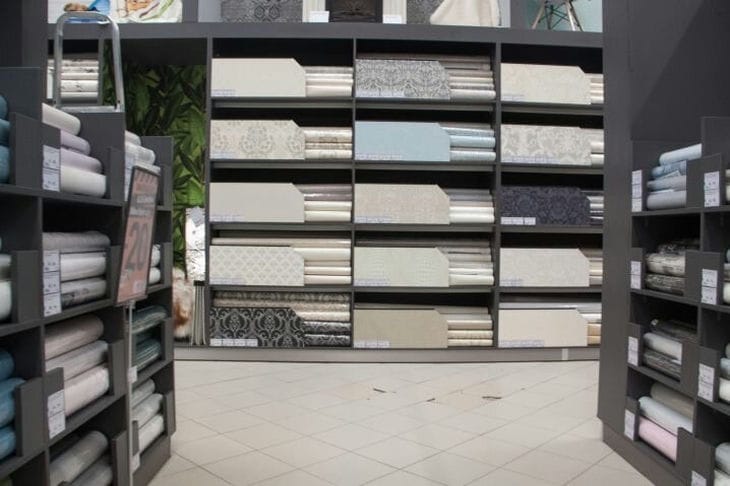He spent three months choosing wallpaper, and ended up covering the walls with… newspapers. The story of Muscovite Artem was a brilliant decision.
Newspaper strips were varnished to create a loft-style art object.
For those who find even this option difficult, there are life hacks.

The first is chalk effect paint: you can draw directly on the wall and then erase it. The second is "chameleon" wallpaper imitating concrete or marble, which does not require matching patterns.
The third option is textile panels: glue them on, get tired of them and take them off.
The fourth option is wooden slats: they are attached vertically, creating a rhythm without color. The fifth idea for rebels is a wall of wine corks.
Designers confirm: the fear of choice often gives birth to masterpieces.
The main thing is to stop being afraid of “wrong” and turn chaos into a concept.
Technical nuances
Newspaper wallpaper: To fix newspaper sheets, use glue for heavy wallpaper, diluted with water in a 1:1 ratio. After gluing, the surface is covered with two layers of acrylic varnish with intermediate sanding with fine-grained sandpaper. This protects the paper from dust and allows you to wipe the walls with a damp cloth.
Chalk effect paint: any acrylic base will do, but for ideal adhesion, the wall is first primed with a composition containing quartz dust. Drawings are applied with regular school chalk, and a sponge with soapy water is used to remove traces.
Wooden slats: pine slats are fixed with metal clips, leaving a gap of 2-3 mm to compensate for the expansion of the wood. Before installation, they are treated with stain and wax to avoid deformation.
Cork wall: Corks are glued on with hot glue, having been pre-sorted by shades. To prevent the composition from falling apart, every 5–6 rows are fixed with transparent silicone sealant.
